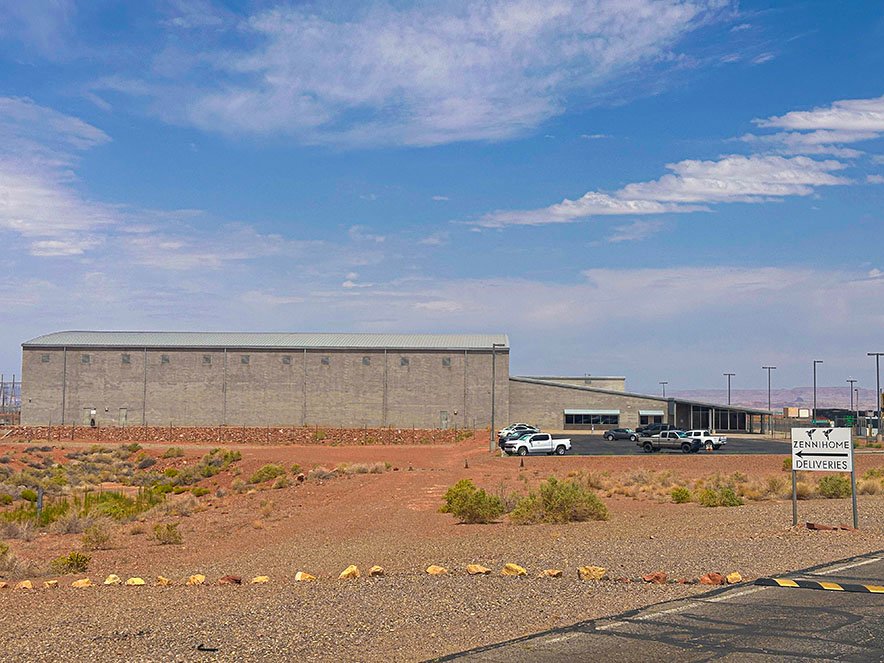Grand Canyon National Park has instituted mandatory water conservation measures on the South Rim after a pipeline break on the North Kaibab Trail significantly impacted the park’s water supply.
On November 24, pressure in the pipeline was lost and all residents, visitors, and park operators were required to immediately reduce their water usage to conserve available resources.
“The Grand Canyon’s water supply comes from Roaring Springs, a natural spring located approximately 3,500 feet below the North Rim,” said Joel Baird, a spokesperson for Grand Canyon National Park.
“This water is transported through aging pipelines built in the 1960s, which experience frequent breaks each year. This disruption not only affects locations along the pipeline route, but also Water flow to both the rim and south rim will also be stopped,” Baird continued.
What are the water conservation guidelines at the Grand Canyon?
To support these efforts, the park requests compliance with the following measures:
Minimize water usage during cleaning activities.
Reduce flushing the toilet to only the essentials.
Turn off the water when shaving or brushing your teeth.
Limit shower time and frequency.
Avoid washing cars, boats, and bicycles.
Scrape food off dishes before washing and use a dry pre-cleaning method if possible.
Wash dishes in a sink filled with water instead of running water.
Immediately report leaks and other sources of water loss to the appropriate personnel.
What are the park concession requirements?
Park concessionaires are also required to adopt water conservation practices such as:
Adjust your menu to reduce water-intensive meal preparation and cleaning.
Implement low water cleaning methods while maintaining hygiene and cleanliness standards.
The restaurant provides drinking water only upon request.
National park staff instructs backcountry hikers
Backcountry hikers are encouraged to carry sufficient water or bring equipment to treat water if necessary. Water access is currently limited and limited to Havasupai Gardens and Phantom Ranch dining halls. Water is not available at Manzanita Rest Area.
The National Park Service owns the pipeline and was working to resolve the issue. As of Dec. 2, they are currently welding the pipes. If repressurization goes smoothly, this problem may be resolved quickly. The cost of restoration will be borne by the national park.
Please see the park release for more information. Website. Please visit the park website for the latest information. Important backcountry updates page.
This article originally appeared in the Arizona Republic. Grand Canyon National Park implements water conservation measures







